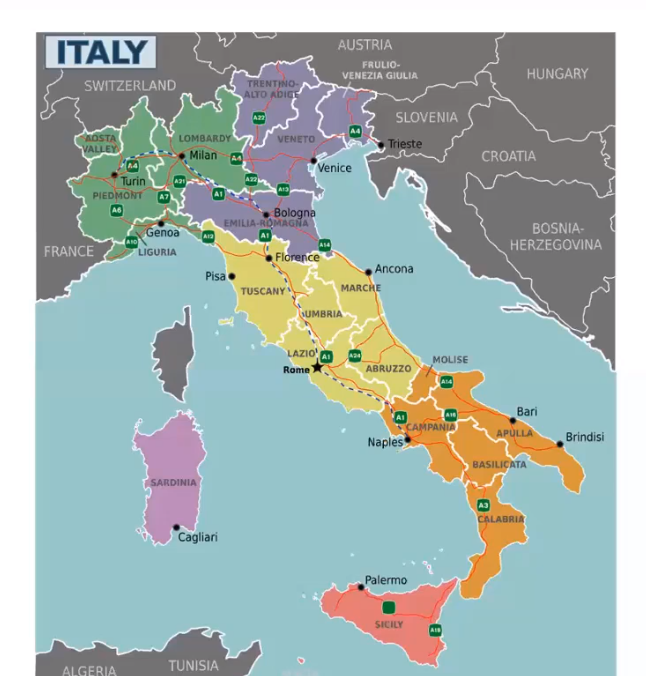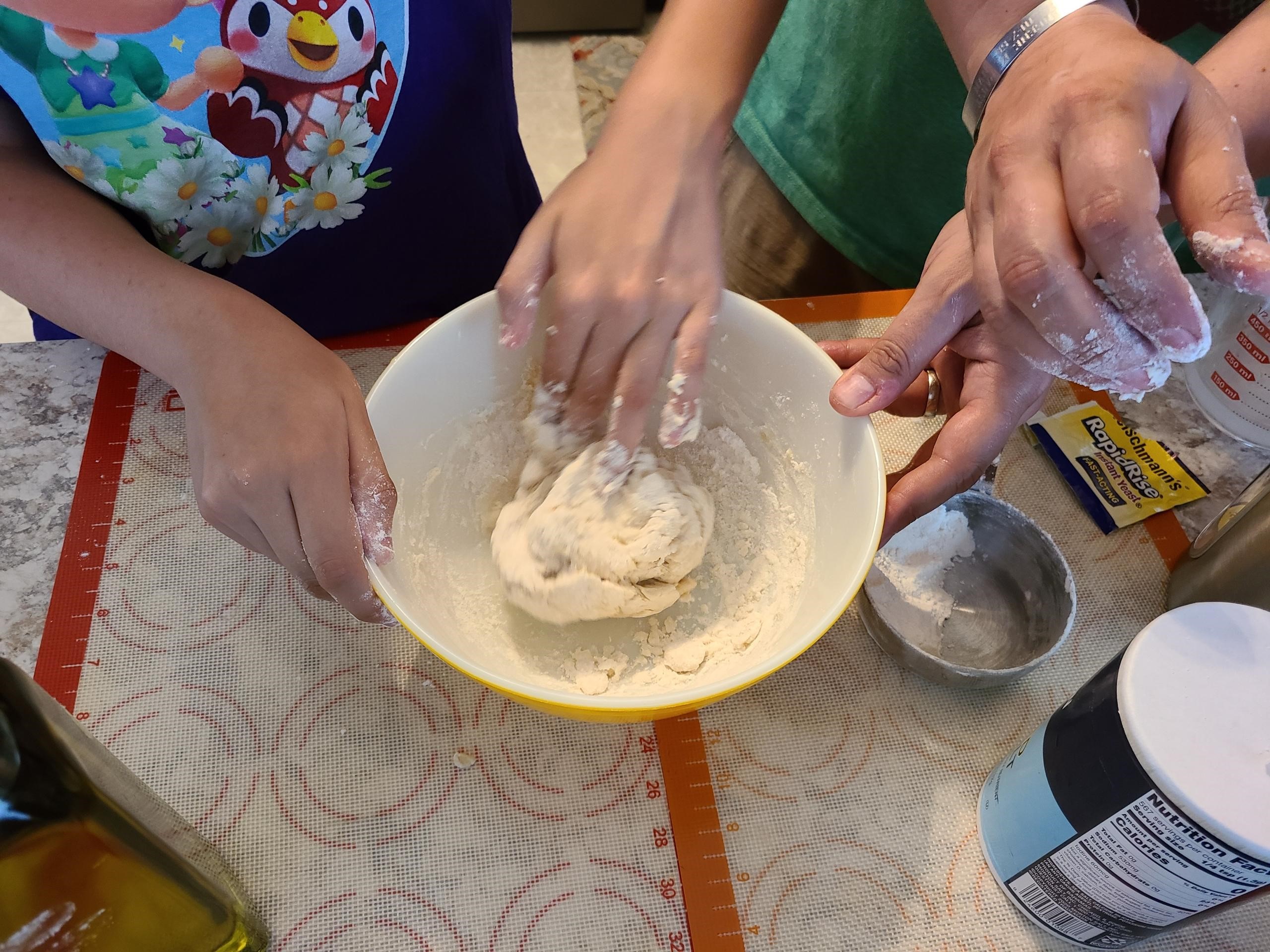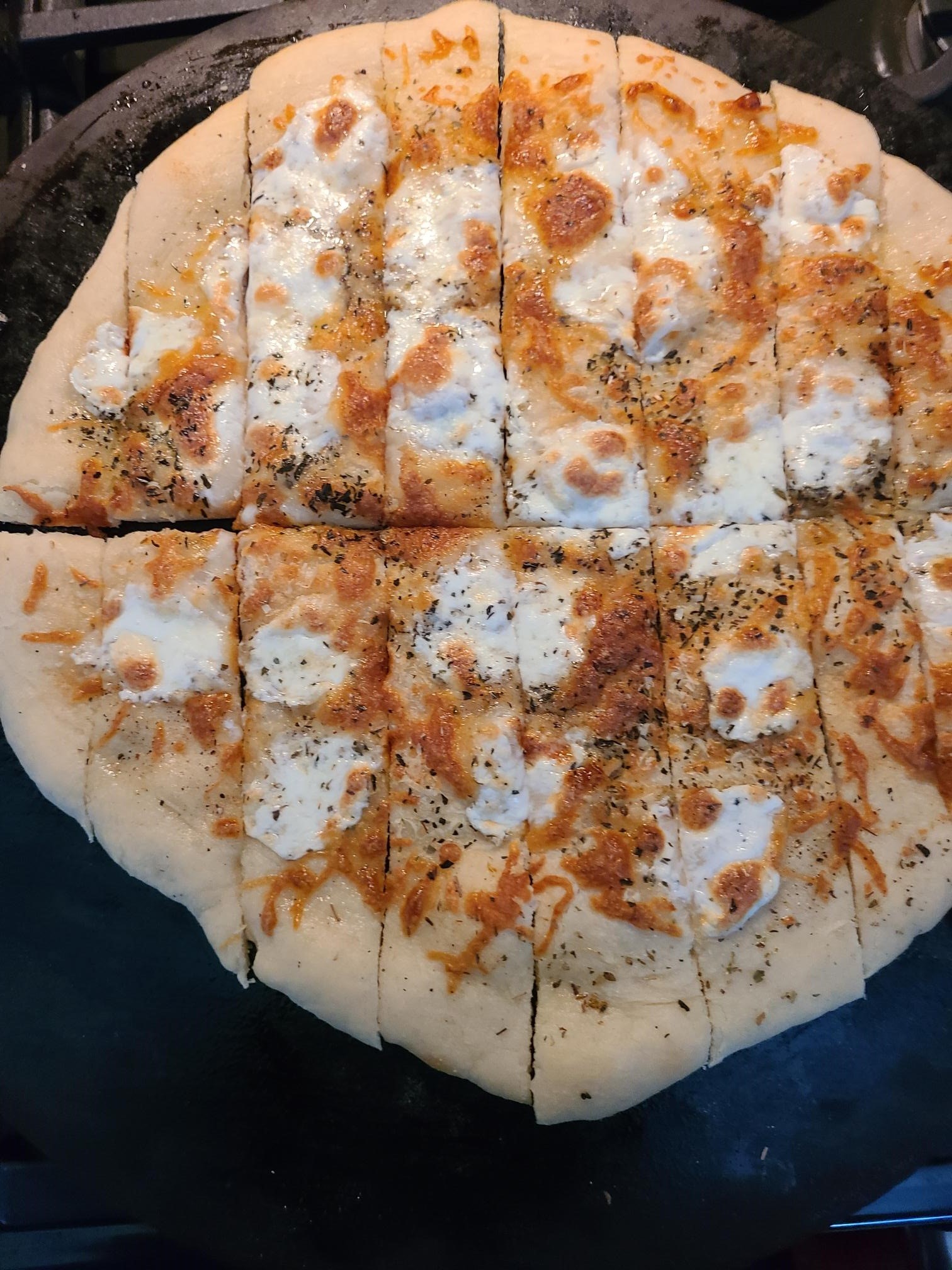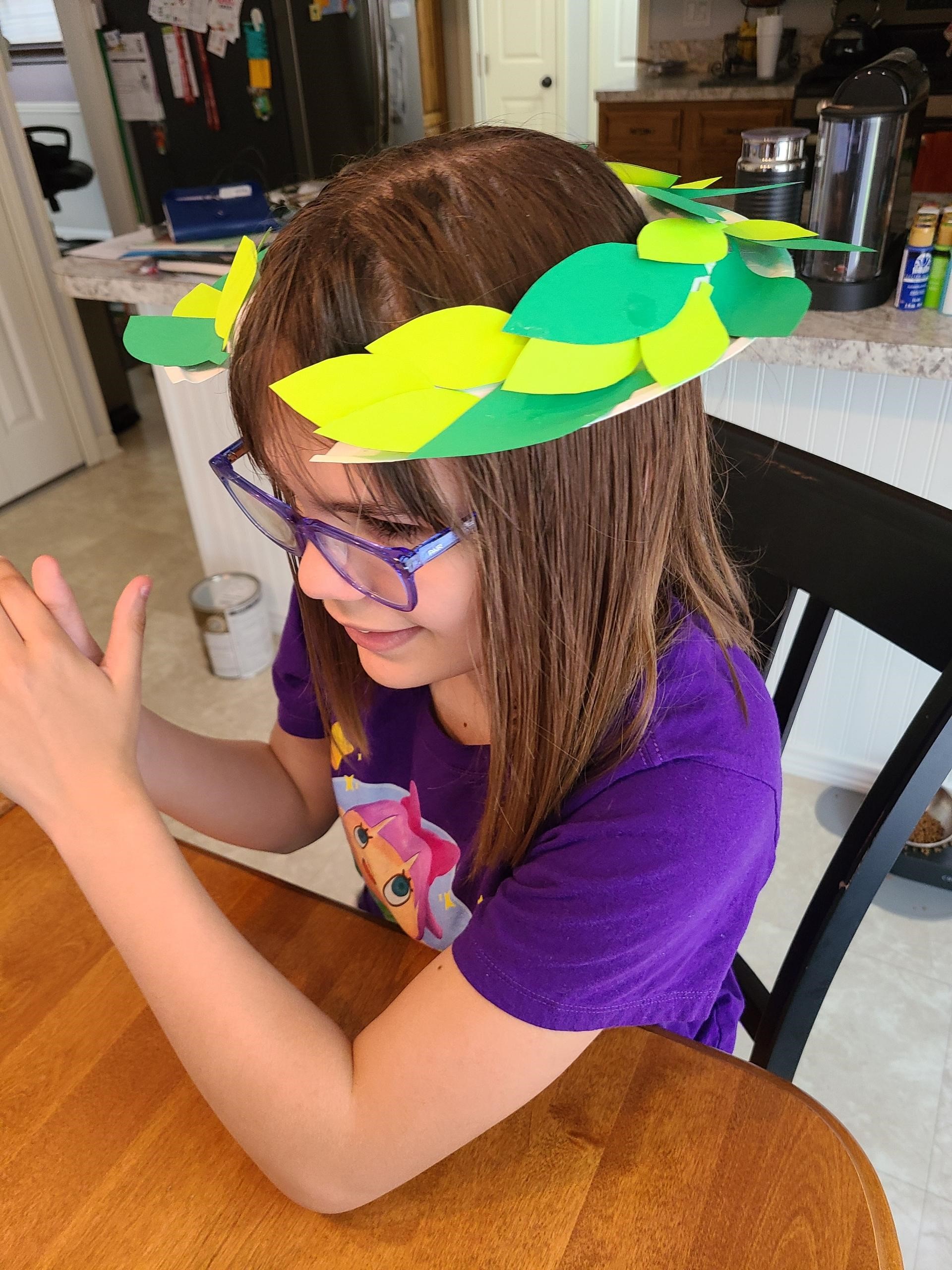A virtual visit to Italy
Learn to make Italian pizza dough, a craft, dance and much more during this virtual Italian day event.

When organizations come together to share international experiences with youth and families, educational programs are successful. Youth and families across the state of Michigan registered for an Italian Virtual Day in spring of 2021. Over 100 registered participants had the opportunity to enjoy actively learning how to make Italian pizza dough live, learning some Italian history, creating a craft, learning Italian language throughout the session and moving to popular Italian music. If you were unable to attend this cultural event, please view the recording at the Michigan State University Extension 4-H Global and Cultural Education resource website.
The program started with two truths and one lie activity to serve as an ice breaker. (A) The Italian flag colors are green (verde), white (bianca) and red (rosso); (B) the name Italy (Italia) means ‘calf land’; and (C) the national dish of Italy is pizza. The correct answer was (C) is false and the real Italian dish is Ragu.

Carmen De Lorenzo, coordinator of the MSU Italian Program, introduced some basic language with participants, including:
- Hello = Ciao
- Goodbye = Ciao
- Good morning = Buon giorno
- Good afternoon = Buon pomeriggio
- Good evening = Buona sera
- How are you? = Come stai?
- Good = bene
- Bad = male
- So so = cosi cosi
- What is your name? = Come ti chiami?
- Mi chiamo
De Lorenzo proceeded to share the history of pizza, which could be the most popular food in the world. Pizza was originally made La Pizza Napoletana, without tomatoes. Tomatoes came from the Americas and was introduced to Italy in the 15th or 16th century. A story was shared how Queen Margherita chose the pizza with tomato, mozzarella and basil because it is the three colors of the Italian flag. This is how pizza Margherita was named.
Participants started making pizza dough with De Lorenzo as the virtual chef. The ingredients for the dough shared prior to the event were:
- 1 cup of flour (¾ of cup of flour for kneading)
- 1 teaspoon of salt
- ½ teaspoon dry brewer’s yeast
- 3 teaspoons of olive oil
- 2/3 cup water at room temperature
One youth said, “This is fun making pizza dough.” De Lorenzo encouraged the participants to be calm and relaxed when kneading the pizza dough. Youth participant Omar said, “Yes, it was so fun, I got to make pizza dough that we will make pizza with later.”

“My sticky stage just ended,” shared youth participant Han Jiang. When the dough was complete, participants were encouraged to keep the dough at room temperature for 2 hours, or for a lighter pizza to keep out for 6 hours. De Lorenzo shared, “You could put the dough in the refrigerator for up to three days. Could freeze it for a month.”
“This is a really fun class!” said another participant. Chef De Lorenzo stated, “Everyone must wash their hands so we can move to the next section.”

Participants learned that Italians use gestures to communicate. The movement segment lead by De Lorenzo and her students is culturally very important. View the recording to see the movements, which coincide with these phrases that were all used in the dance to an Italian song, Claudio Cecchetto – Gioca Jouer:
- Buono! (good)
- Mangiare (to eat)
- Dormire (to sleep)
- Perfetto! (perfect)
Next was the Italian story, “II Palazzo di gelato,” di Gianni Rodari (The Ice Cream Palace, by Gianni Rodari). This story was first read to the participants in Italian and then again in English. The final segment was the craft lead by Paula Qefaliaj, La Corona di Alloro (Italian Laurel Crown). The Italian poet Dante Alighieri great accomplishment to receive the crown. Materials used were paper plate (Piatto di carta), scissors (Forbici), glue (Colla o graffette), two leaves sheets (Due fogli di carta), markers, pencils, stickers for decoration (Pennarelli, matite, adesivi) and red ribbon (Fiocco rosso). Participants cut the center of the paper plate out then colored leaves, cut them out and glued them to the paper plate. The final part was to finish the crown with a red ribbon.

This program was made possible by the collaborating efforts of Michigan State University Community Language School, Michigan State University Extension, Dante Alighieri Society, Consulate of Italy – Detroit, IL Circolo Italiano – Wayne State University and Michigan State University Italian Club.
4-H grows successful youth through positive developmental relationships. If you would like to learn more, visit the Michigan 4-H website. To learn more about youth development programs, contact D’Ann Rohrer at drohrer@msu.edu or 231-845-3361, or our civic engagement leadership team at MSUE.DL.4HLeadership@msu.edu.
To learn about the positive impact of Michigan 4-H youth leadership, citizenship and service and global and cultural education programs, read our Impact Report: “Developing Civically Engaged Leaders.” Additional impact reports, highlighting even more ways MSU Extension and Michigan 4-H have positively impacted individuals and communities can be downloaded from the MSU Extension website.
Find other global educational opportunities on the MSU Extension Global and Cultural Education website. For more information about 4-H learning opportunities and other 4-H programs, contact your local MSU Extension county office.



 Print
Print Email
Email




